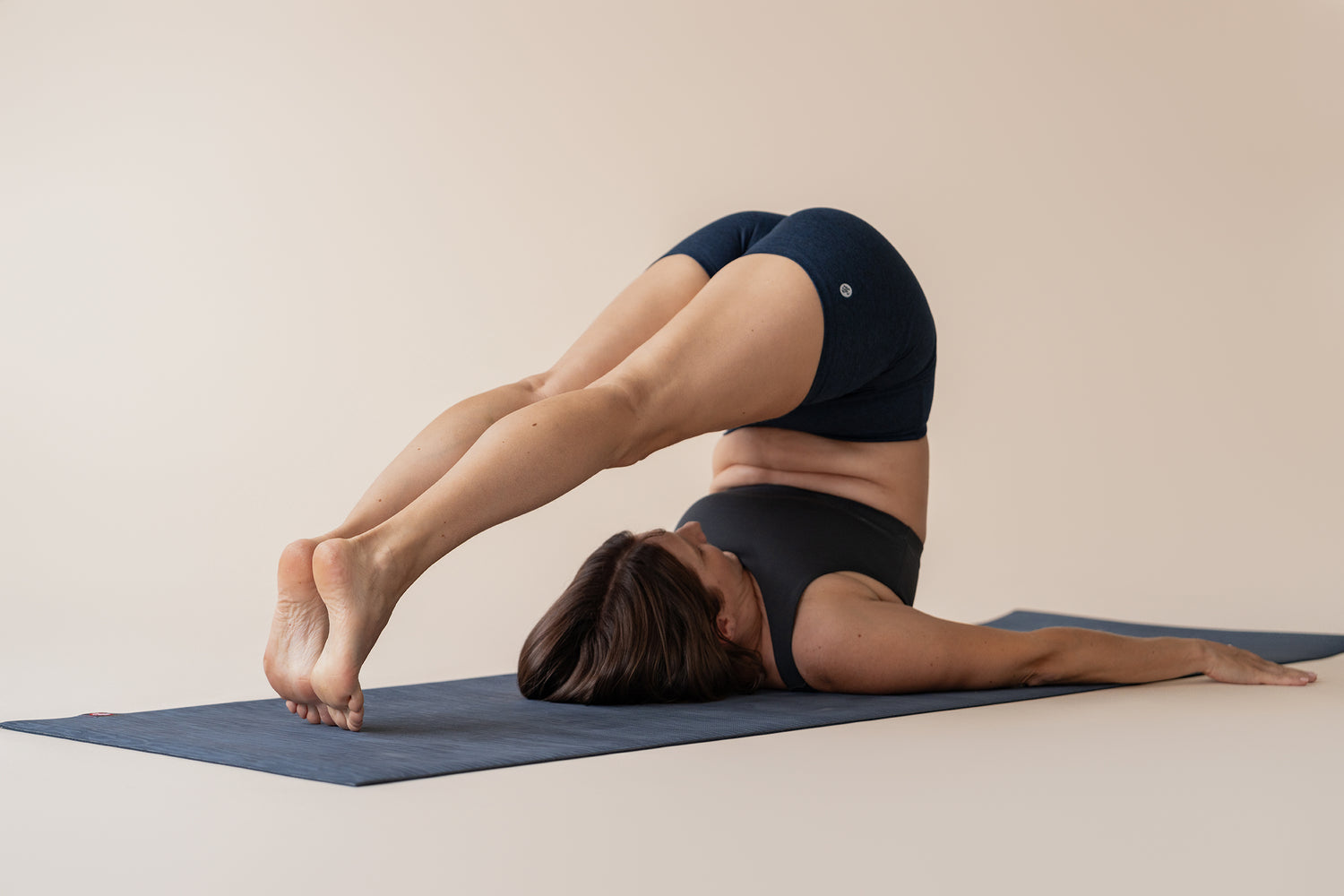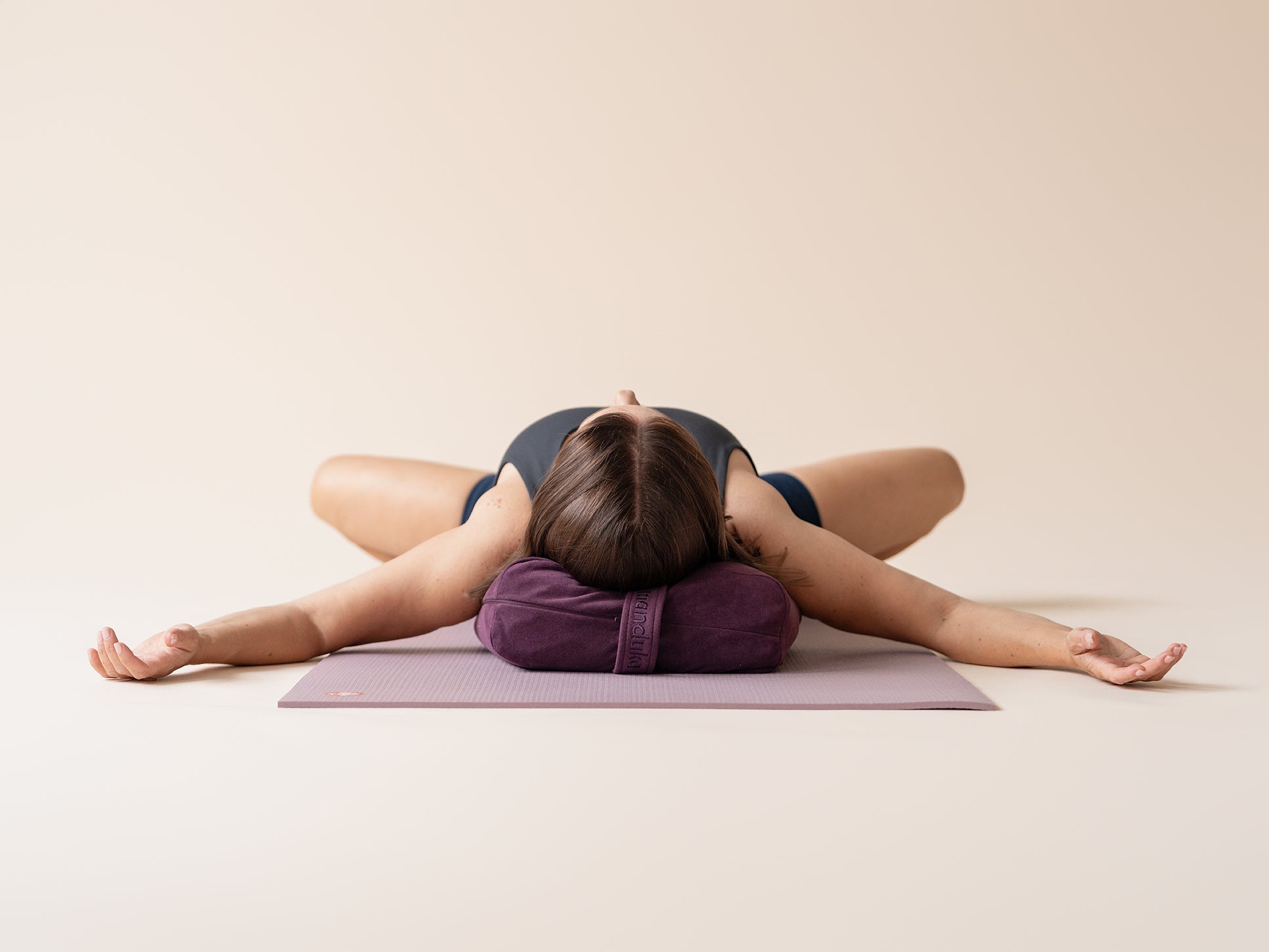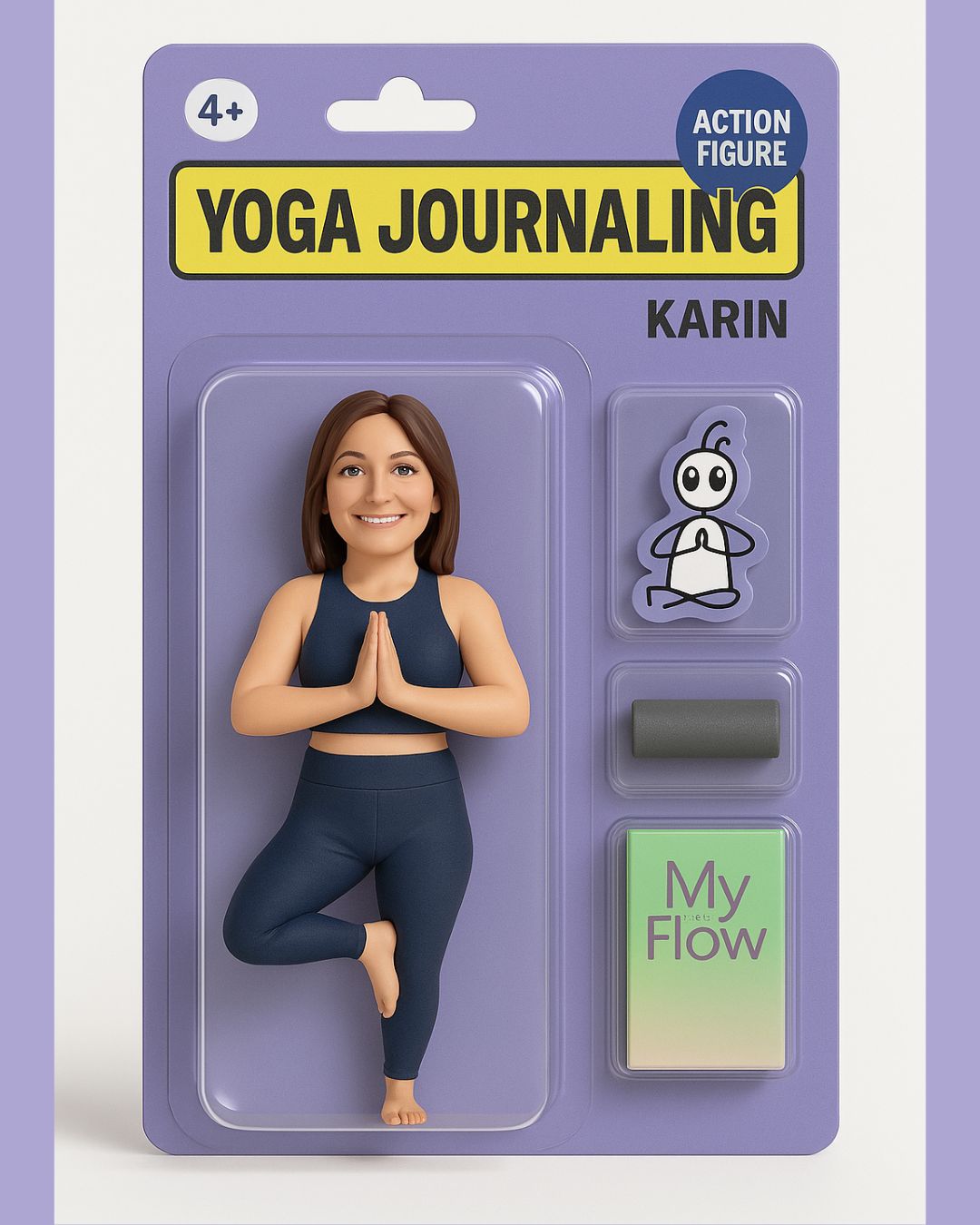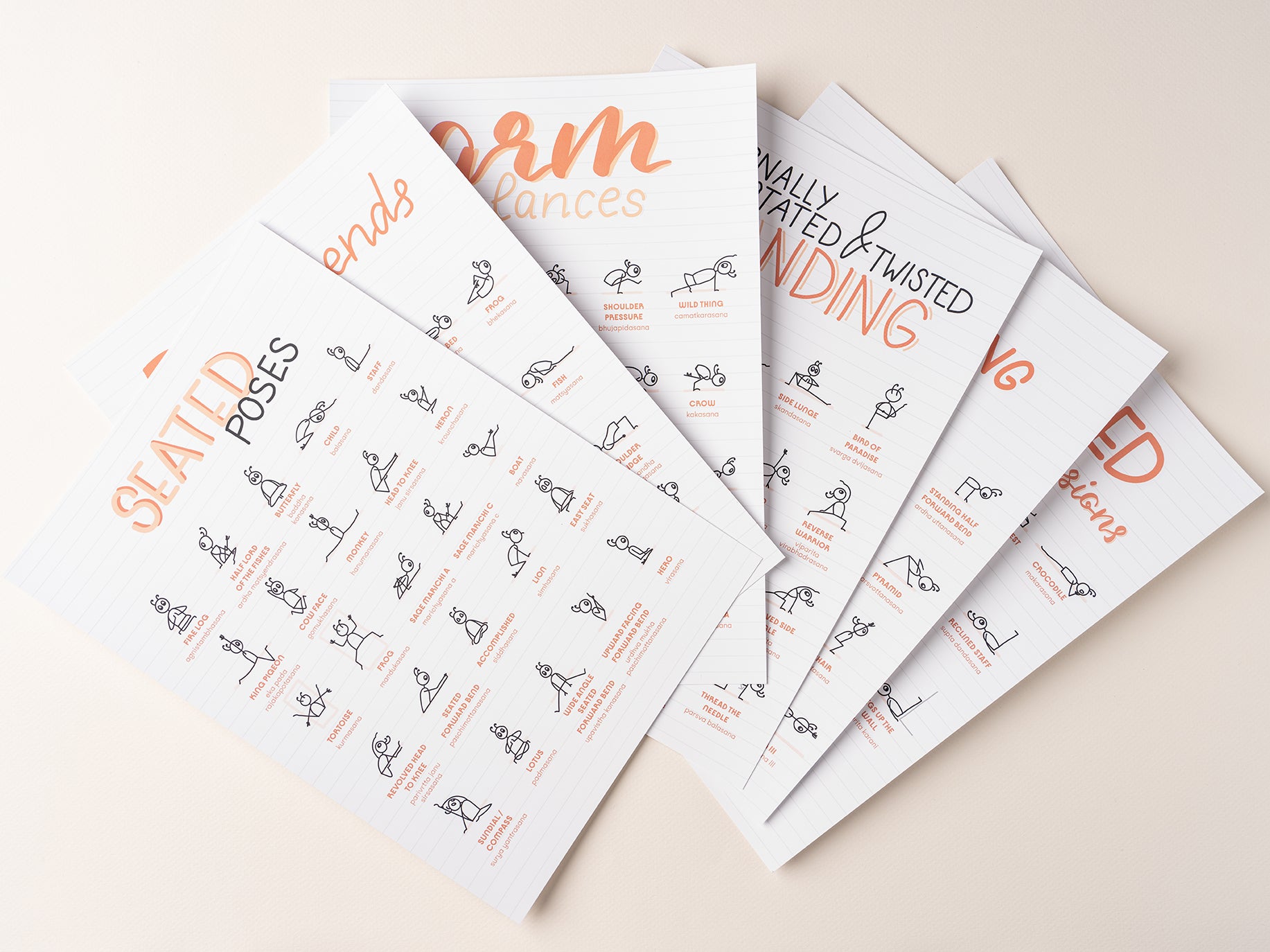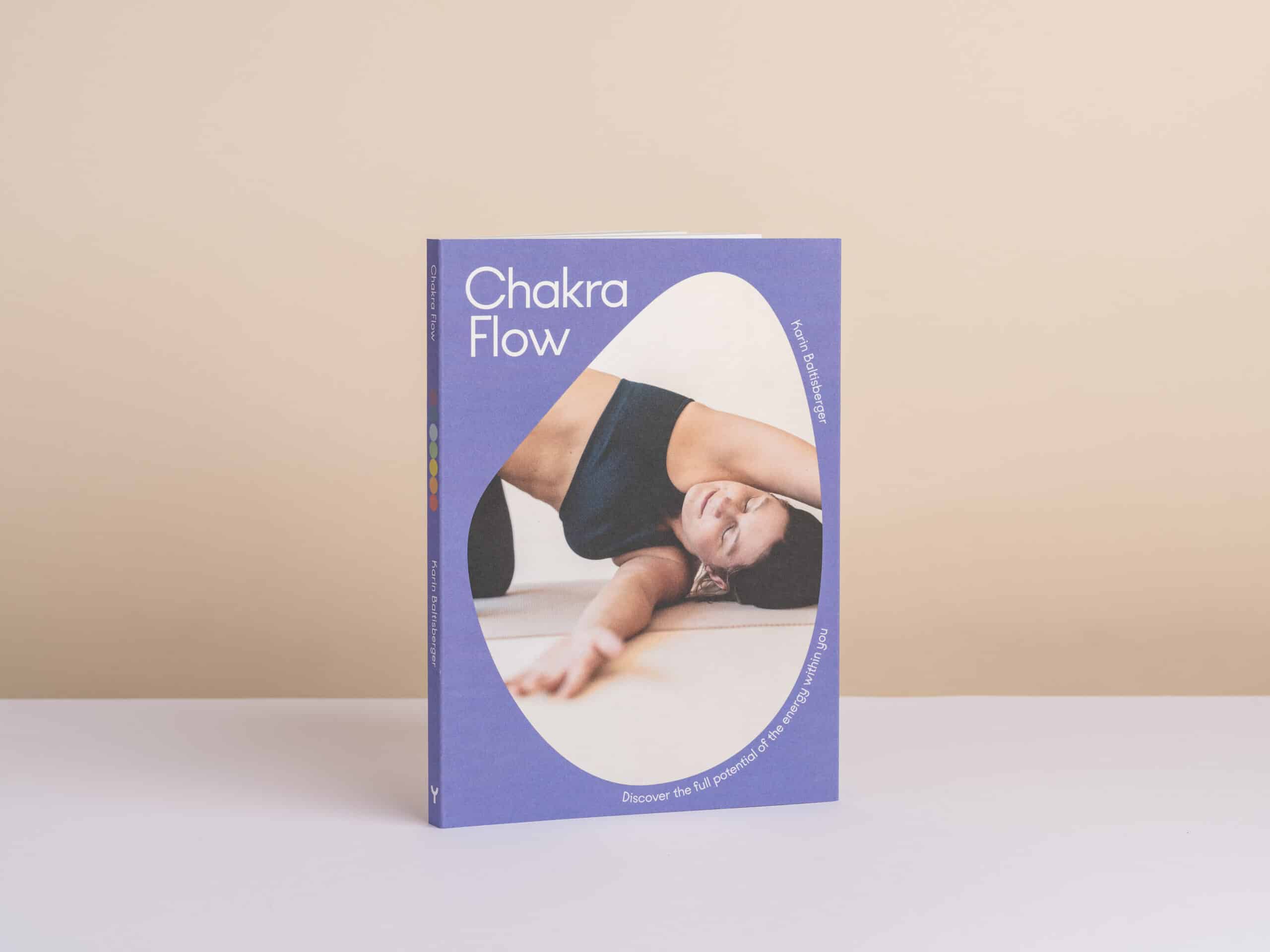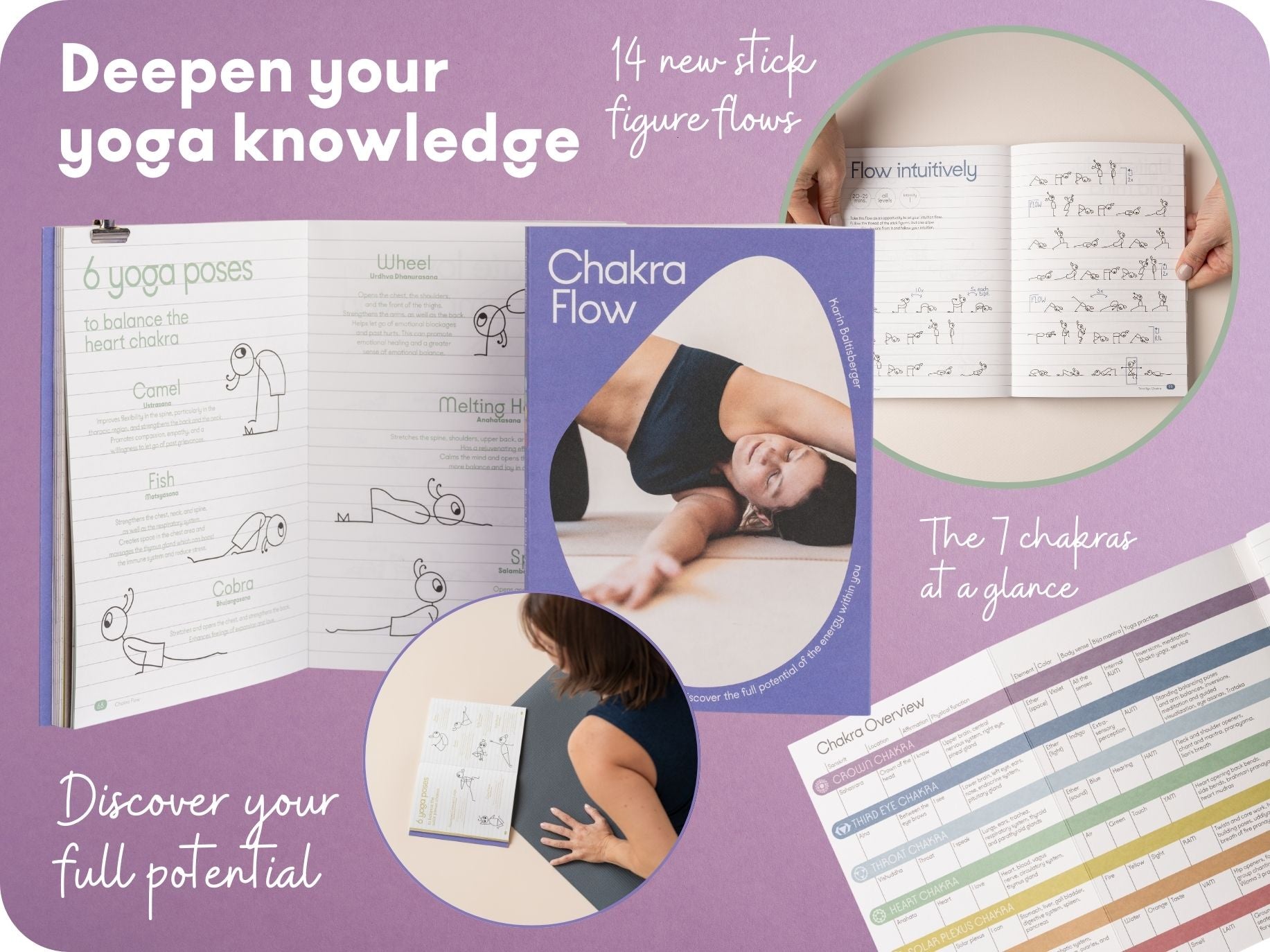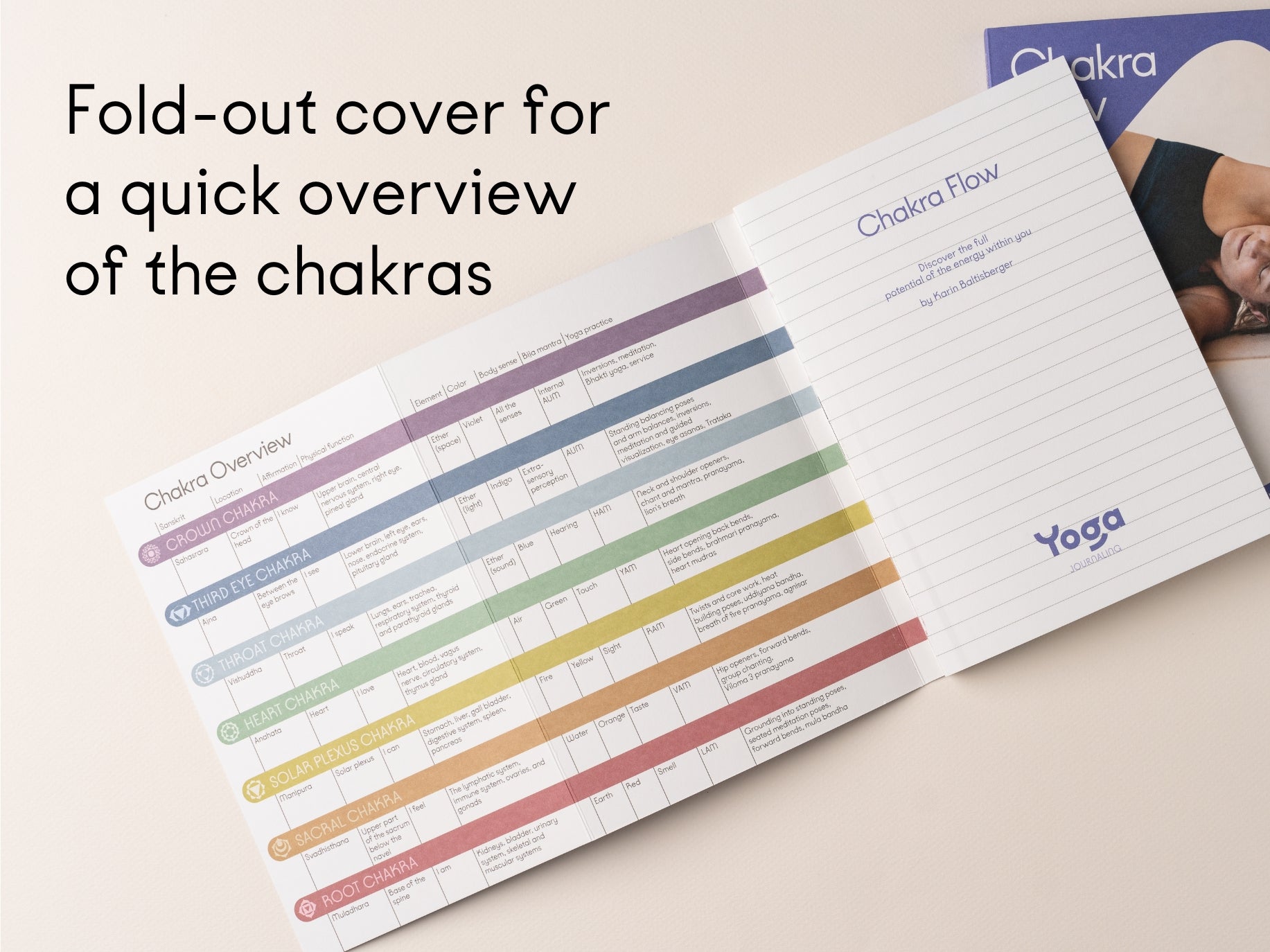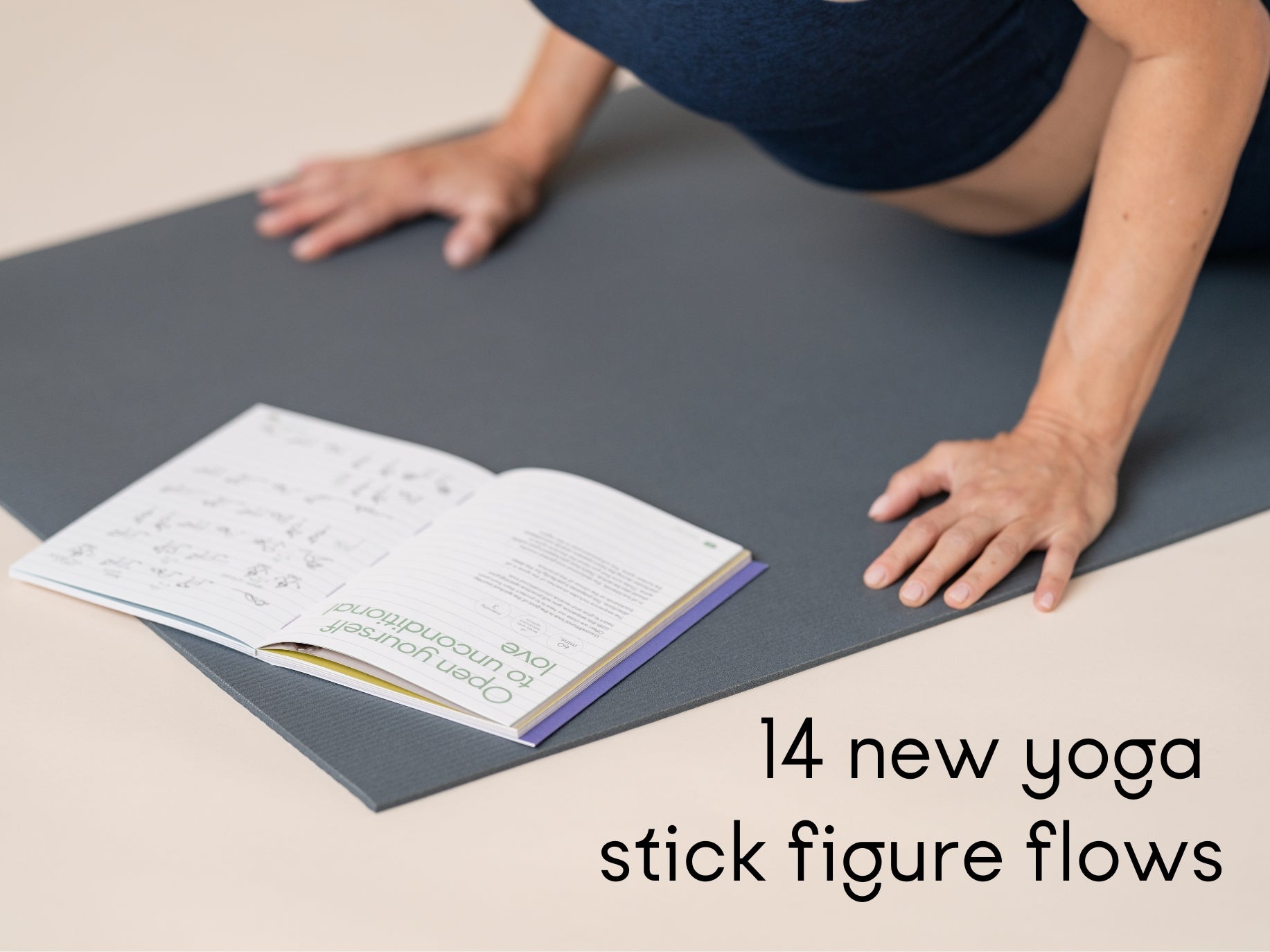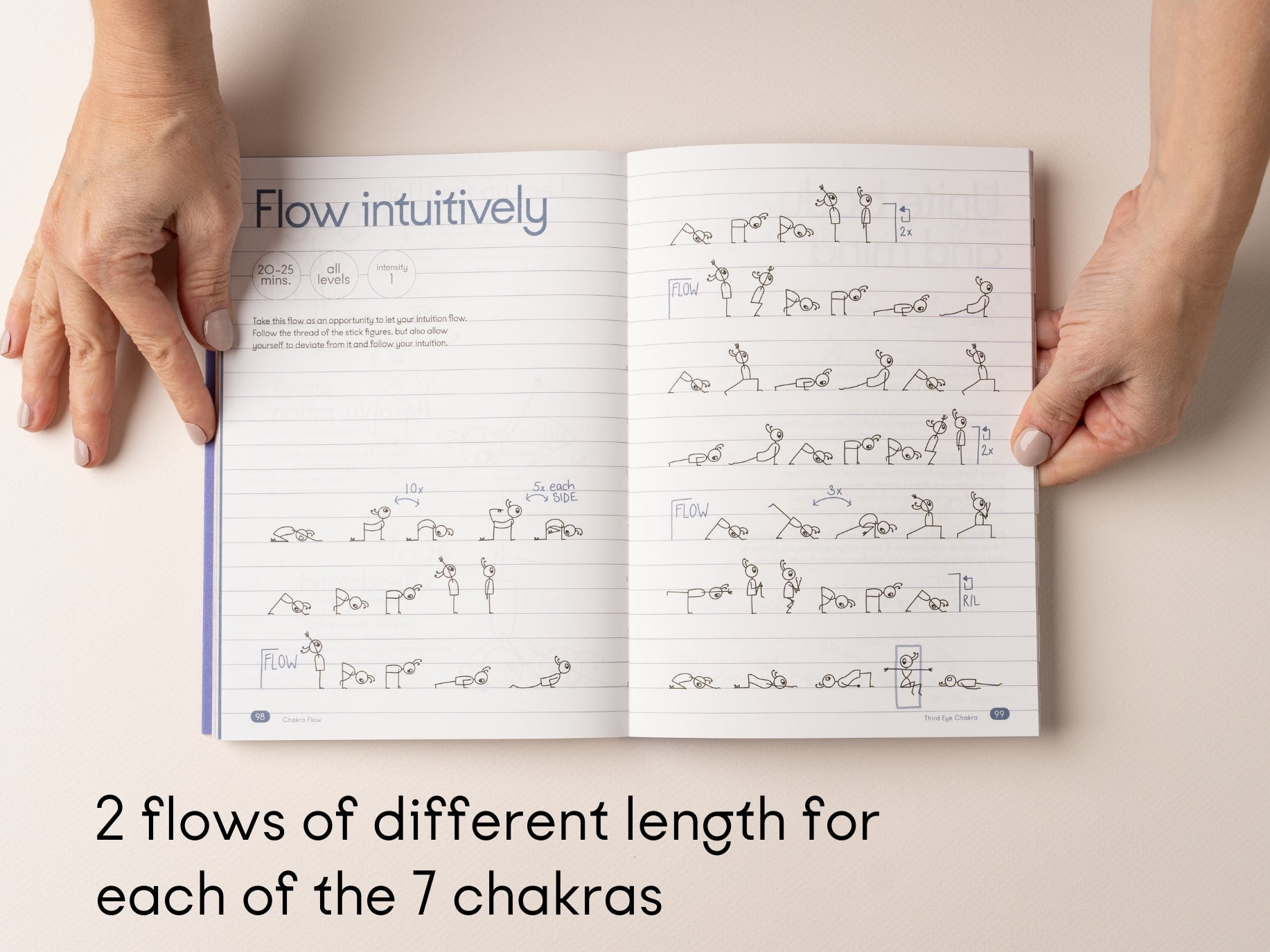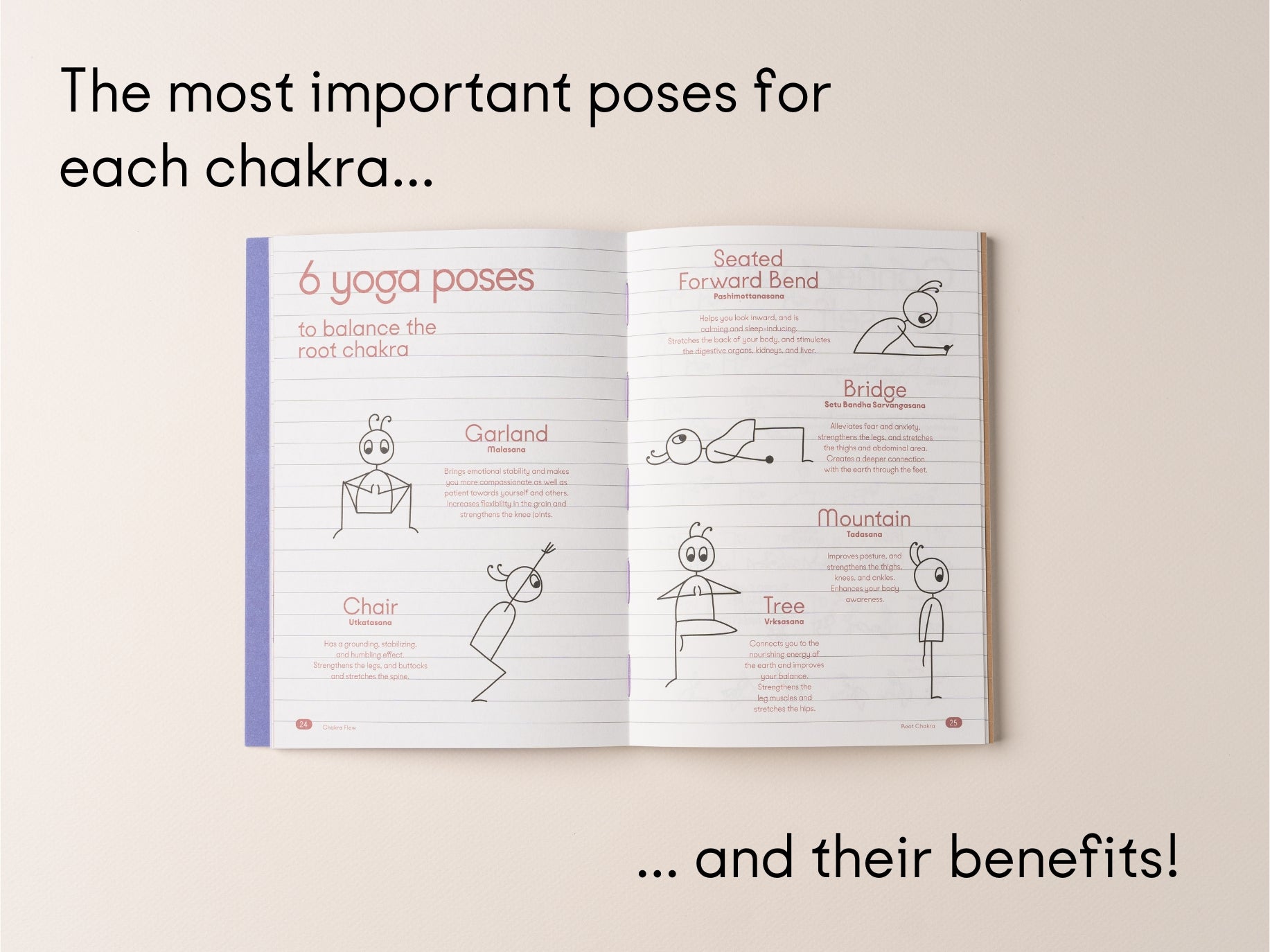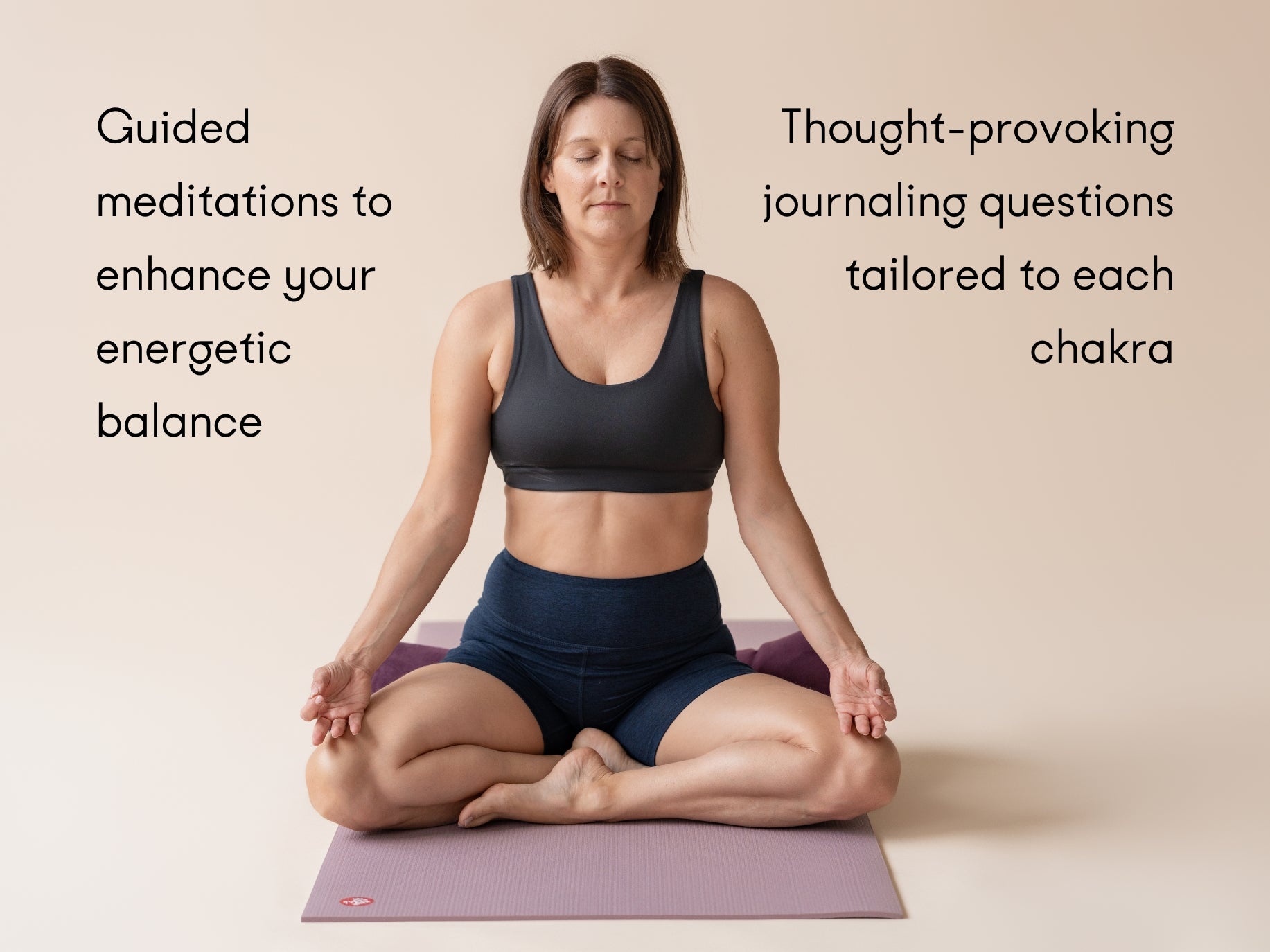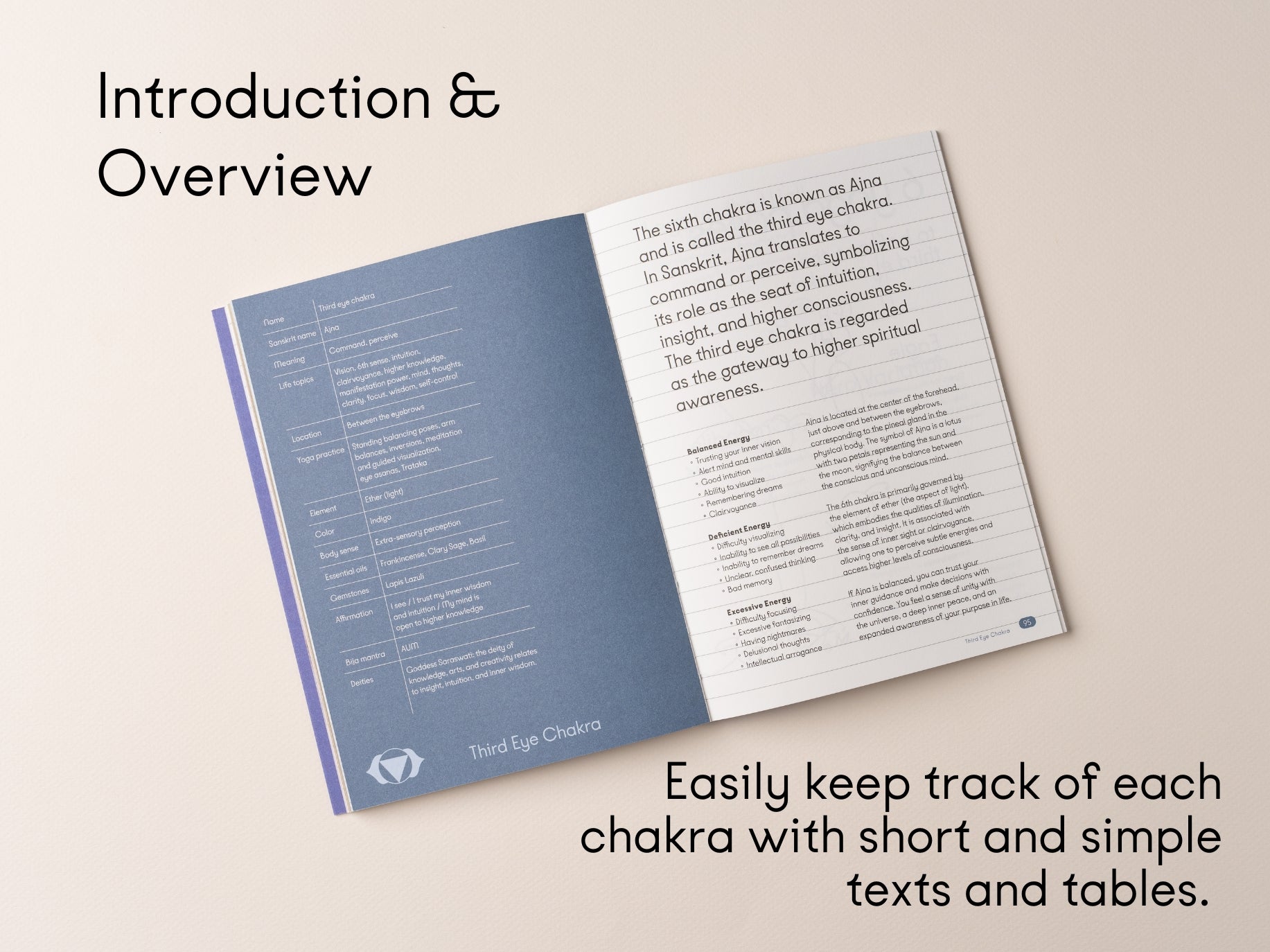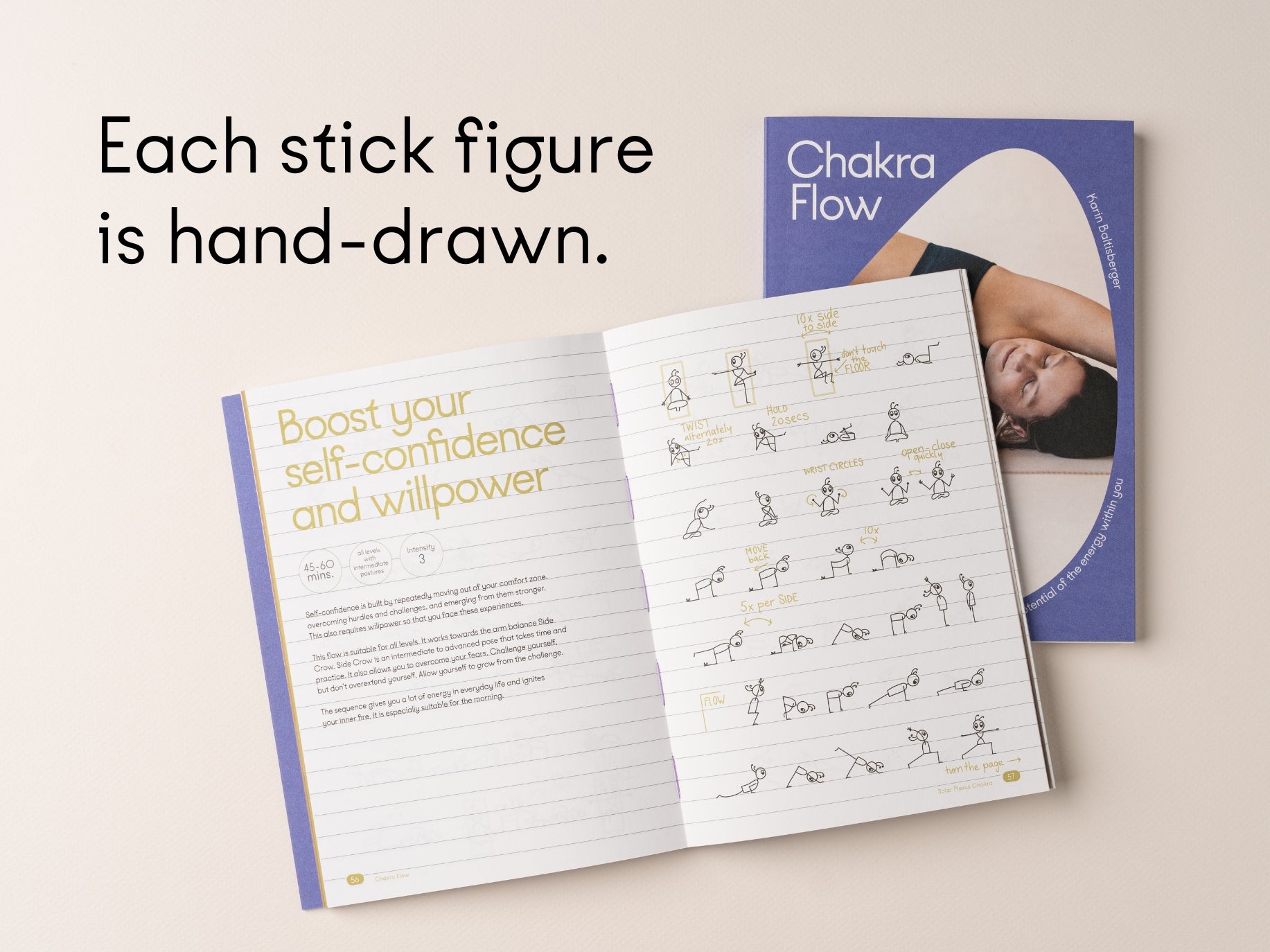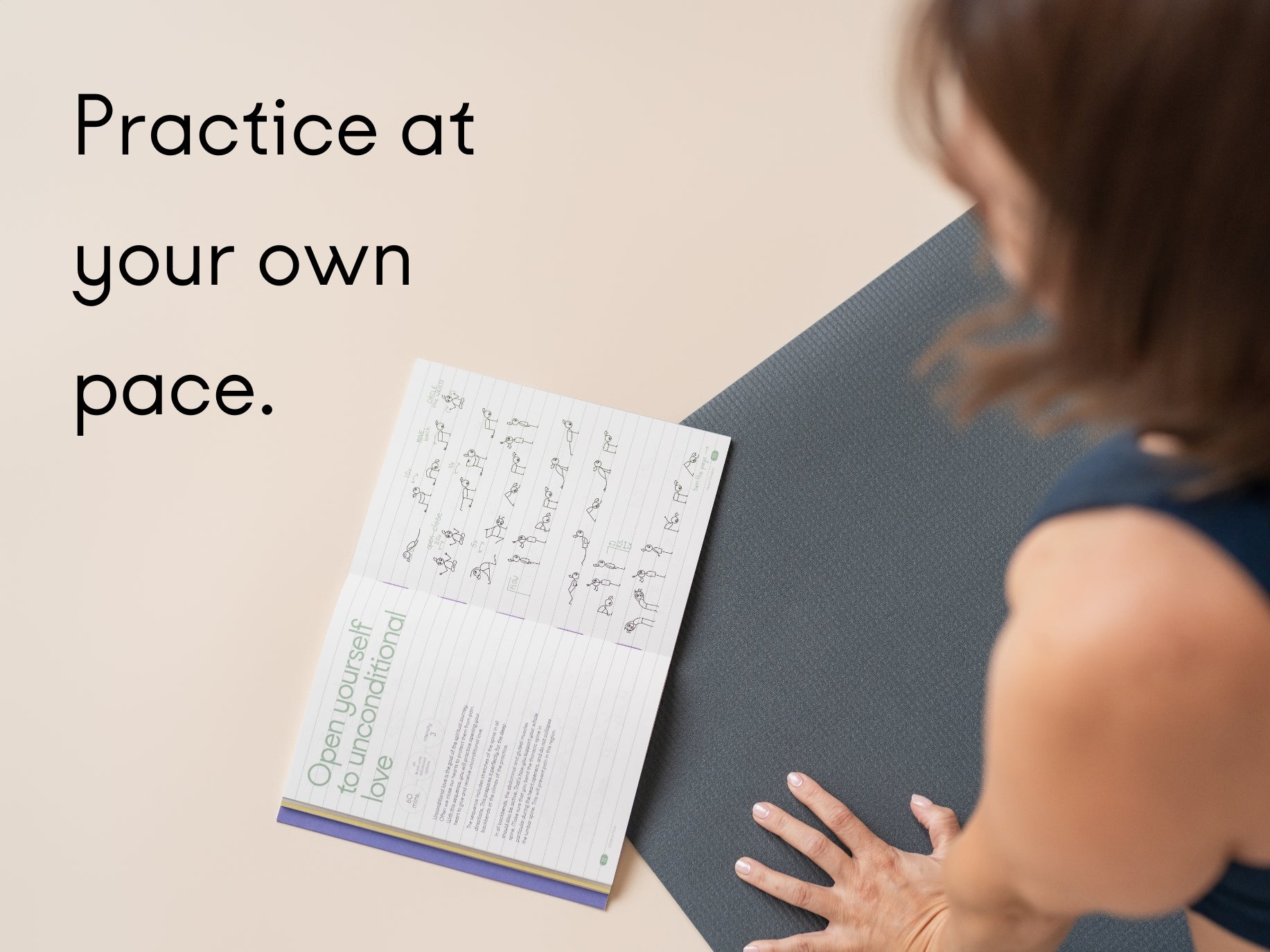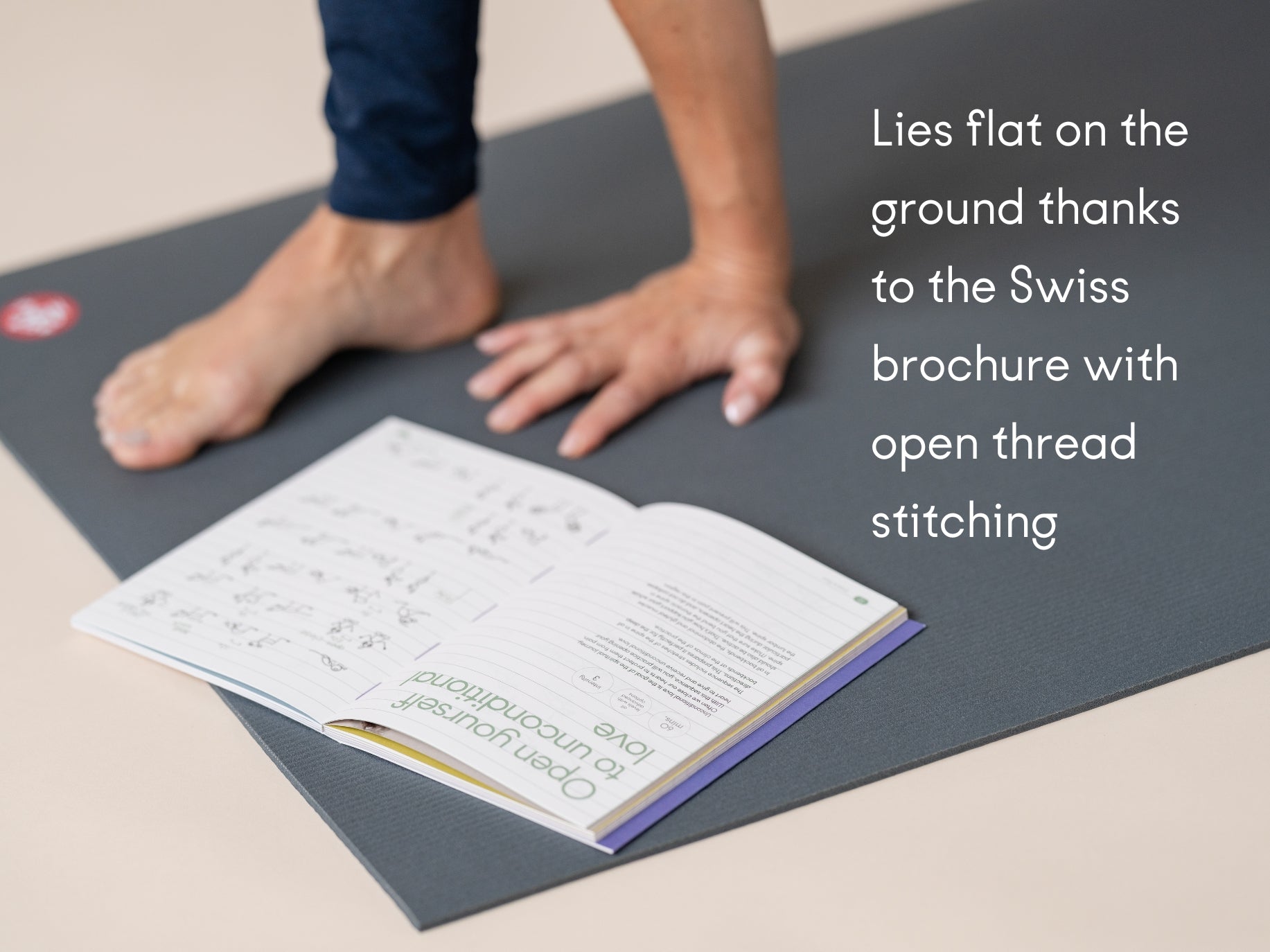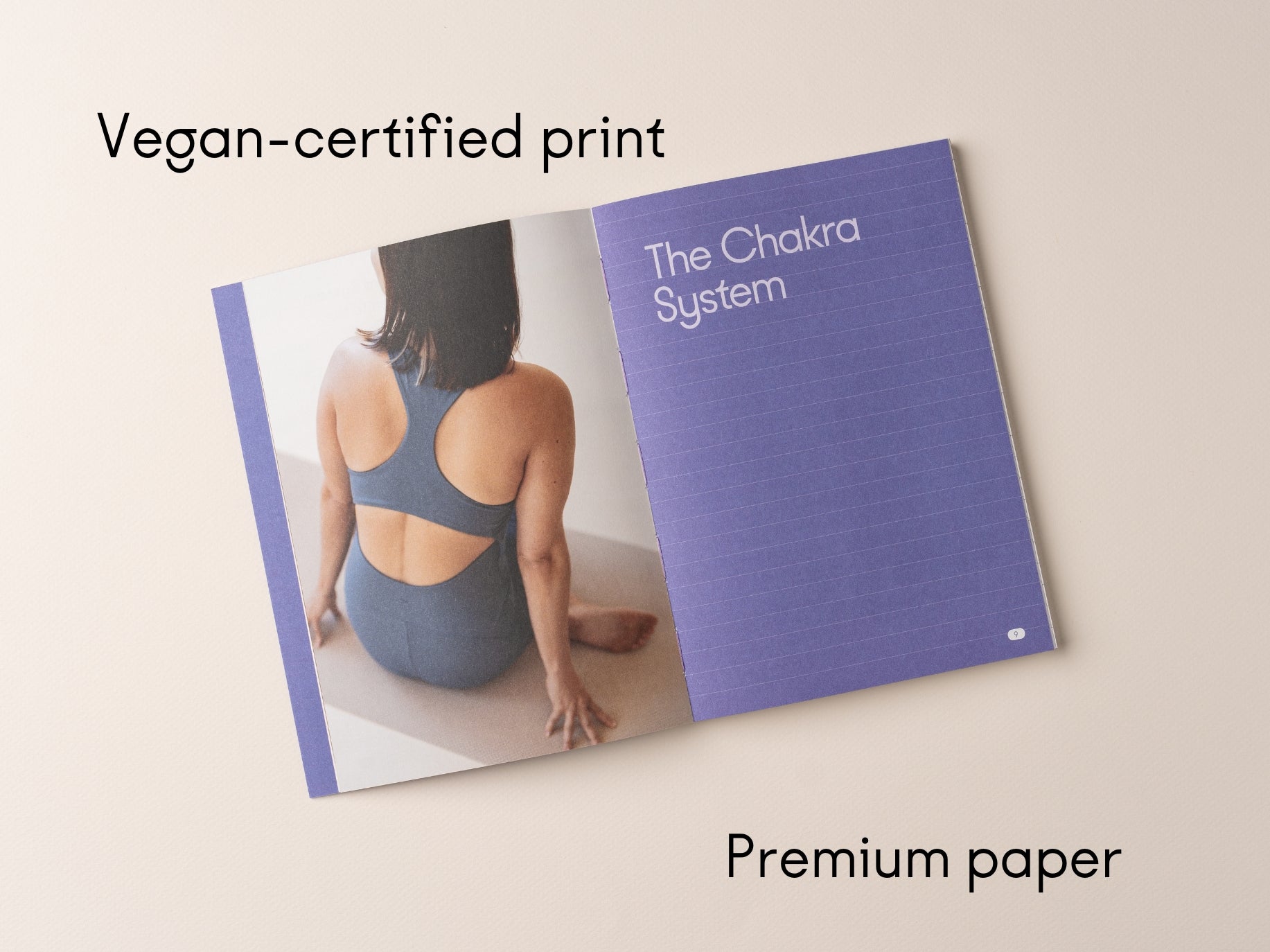"Yoga butt" may sound amusing, but for those who experience it, the pain is no joke. This common yoga-related injury affects the area around the sit bones (ischial tuberosities), where the hamstrings attach to the pelvis. If you've ever felt a deep ache or soreness around the top of your hamstrings after an intense yoga practice, you've likely experienced it. The good news? With a few mindful adjustments, you can prevent "yoga butt" from becoming a recurring issue and keep your practice safe and sustainable. Here’s what you need to know.
What Causes Yoga Butt?
"Yoga butt" is often caused by overstretching or repetitive strain in the hamstring muscles during yoga poses, particularly forward folds and hamstring-intensive stretches. Yoga poses that pull on the hamstrings without adequately warming up or strengthening these muscles can lead to micro-tears where the hamstrings attach to the sit bones. Over time, these small injuries add up, causing a deep ache or tenderness that can interfere with your practice.
Beyond overstretching, muscle imbalances also play a role. If the glutes and hamstrings aren’t strong enough to stabilize the pelvis, the strain often shifts to the hamstring attachment points, making injury more likely. The key to preventing "yoga butt" is balancing flexibility with strength and practicing mindful alignment.
5 Essential Tips to Prevent Yoga Butt
If you want to keep your practice safe and comfortable, here are five essential strategies to prevent "yoga butt" and protect your hamstrings and glutes:
1. Warm Up Properly
Diving into deep stretches without warming up is a recipe for injury. Before you move into forward folds or any hamstring stretches, take time to warm up the surrounding muscles. Simple warm-up exercises like Cat-Cow, Low Lunge, or Dynamic Forward Folds (bending the knees as you fold and then straightening gently) can help prepare your hamstrings and glutes. Gentle Sun Salutations are also excellent for gradually increasing warmth and mobility in your entire body.
Pro Tip: Use dynamic movements to warm up instead of static stretches. Dynamic movements, like lunges or flowing between Downward Dog and Plank, activate muscles safely without overstressing them.
2. Strengthen the Glutes and Hamstrings
Building strength in the hamstrings and glutes is crucial for a safe, sustainable yoga practice. Strong glutes and hamstrings help stabilize your pelvis, reducing the risk of pulling or overstretching at the attachment points. Incorporate poses like Bridge, Warrior III, and Locust into your practice regularly to strengthen these areas.
Try This: In Bridge Pose, press through your heels to lift the hips and engage the glutes fully, holding for a few breaths. Repeat for three rounds to build endurance and strength in the glutes and hamstrings.
3. Avoid Overstretching in Forward Folds
Forward folds are incredibly beneficial, but if done without caution, they can easily lead to "yoga butt." When practicing deep hamstring stretches, like Standing Forward Fold or Seated Forward Fold, consider bending the knees slightly if you feel any strain in the sit bone area. Focus on hinging from the hips, keeping your spine long, and avoiding excessive pulling or rounding in the back.
Pro Tip: Approach hamstring stretches gradually and mindfully. Even a slight bend in the knees can make a huge difference, protecting the hamstrings and reducing the risk of overstretching.
4. Balance Flexibility with Strength
While flexibility is a central component of yoga, it's important to balance it with strength to create a resilient body. Rather than striving for deeper stretches, aim for a practice that balances flexibility with strengthening poses. This combination supports a sustainable, pain-free practice that helps your body become more adaptable and resilient over time.
Try This: For every hamstring stretch, follow up with a strengthening move. For example, after a Forward Fold, try a Chair Pose to engage and activate the glutes and hamstrings.
5. Listen to Your Body and Practice Mindful Alignment
The most important tip for preventing "yoga butt" is to listen to your body. Pain is a signal that something needs attention. If you feel tenderness or discomfort around the sit bones, ease off on deep stretches and give your body time to recover. Additionally, practice mindful alignment in all poses to ensure that you’re not placing unnecessary strain on any muscle group.
Pro Tip: If you notice recurring discomfort, consider seeing a physical therapist or yoga therapist for guidance. They can help identify imbalances and provide specific exercises to support your practice.
Yoga Poses for Preventing "Yoga Butt"
To integrate strength and flexibility safely into your practice, here are a few poses that can help prevent "yoga butt" by building strength in the glutes and hamstrings and keeping the area stable:
- Bridge Pose: Strengthens the glutes and hamstrings while protecting the sit bones.
- Chair Pose: Engages the lower body and builds heat in the glutes and thighs.
- Warrior III: Challenges balance and activates the glutes and hamstrings in the standing leg.
- Locust Pose: Lying on your belly, lift your legs, chest, and arms to strengthen the entire back body.
- Modified Forward Fold: Bend your knees slightly and focus on a gentle, controlled stretch in the hamstrings.
Preventing "yoga butt" ultimately comes down to finding balance in your practice and respecting your body’s limitations. By combining gentle stretching with targeted strength-building exercises, you can reduce the risk of injury and enjoy a sustainable, joyful yoga journey. So, the next time you step onto your mat, remember to warm up, balance strength and flexibility, and, most importantly, listen to what your body needs.
Your hamstrings (and your sit bones) will thank you!

